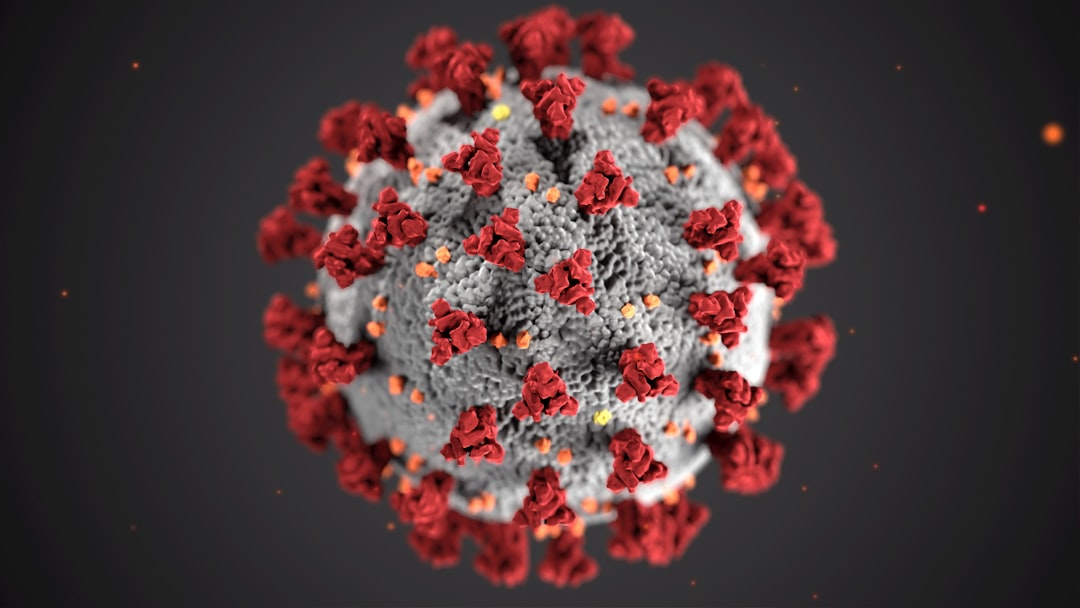What is it about?
Bacterial collagenases play an important role in the virulence of certain harmful bacteria from Clostridium, Bacillus, Spirochaetes, and Vibrio. They also find widespread application in industry, research and clinics. Despite their importance, the exact way how these enzymes break down collagen has remained a mystery. Scientists headed by Dr. Esther Schönauer at the Department of Biosciences and Medical Biology (PLUS) investigated collagenase G (ColG) from Clostridium histolyticum and revealed that ColG interacts with and processes different physiological forms of collagen in distinct ways. Whether it is fibrillar or soluble collagen, the enzyme adapts its behaviour accordingly. Moreover, by employing biochemical techniques and circular dichroism studies, they have pinpointed a surprising discovery: the presumed non-catalytic activator domain of ColG in fact acts as triple helicase, unwinding collagen molecules locally and temporarily.
Featured Image

Photo by Tayfun Dikmen on Unsplash
Why is it important?
This research holds significant implications. Collagen is a critical component of the extracellular matrix in humans and other mammals, providing strength and structure to all tissues. Bacterial collagenases, belonging to the metalloprotease family M9, possess the unique ability to break down collagen at multiple sites despite its tough triple-helical structure. The Austrian Science Fund (FWF)-funded research project shed new light on how these enzymes achieve this feat, uncovering a mechanism distinct from that of human collagen-degrading enzymes. Understanding the intricacies of bacterial collagenases opens up new possibilities for developing targeted inhibitors to combat bacterial infections. By disrupting the specific mechanisms these enzymes use to attack collagen, this may pave the way for more effective treatments against pathogenic bacteria.
Perspectives
Bacterial collagenases are fascinating enzymes. They manage to decompose natively folded collagen into small peptides, a protein which is infamous for its resistance to enzymatic digestion when properly folded.
Esther Schoenauer
Universitat Salzburg
Read the Original
This page is a summary of: A conserved strategy to attack collagen: The activator domain in bacterial collagenases unwinds triple-helical collagen, Proceedings of the National Academy of Sciences, April 2024, Proceedings of the National Academy of Sciences,
DOI: 10.1073/pnas.2321002121.
You can read the full text:
Contributors
The following have contributed to this page










